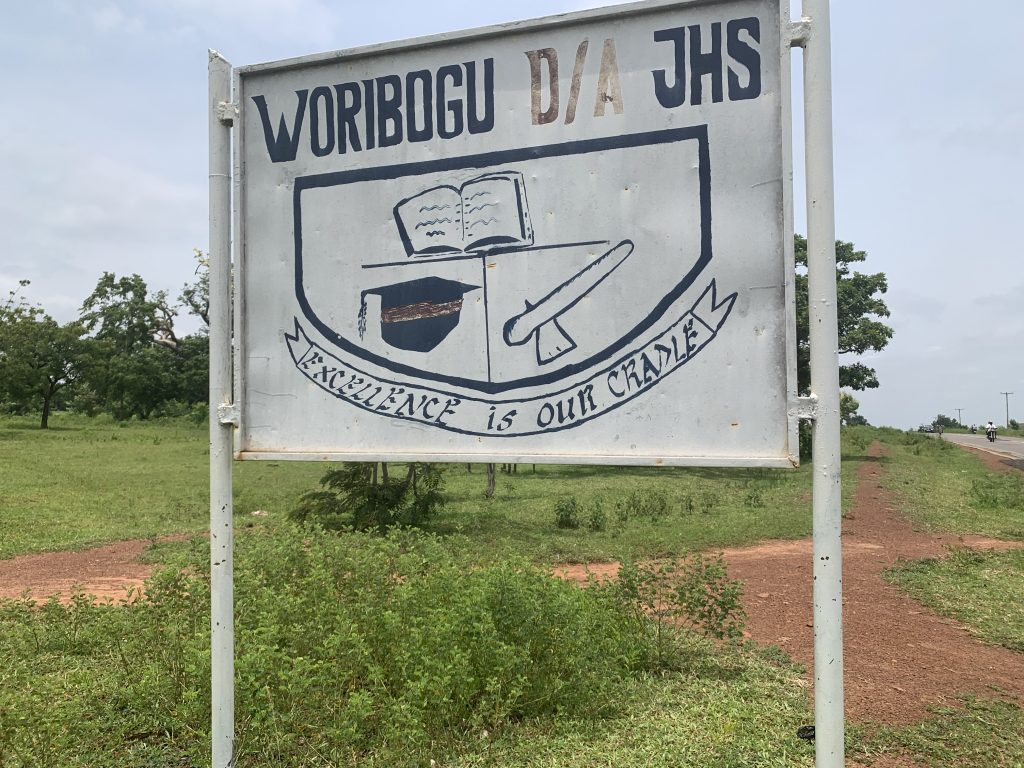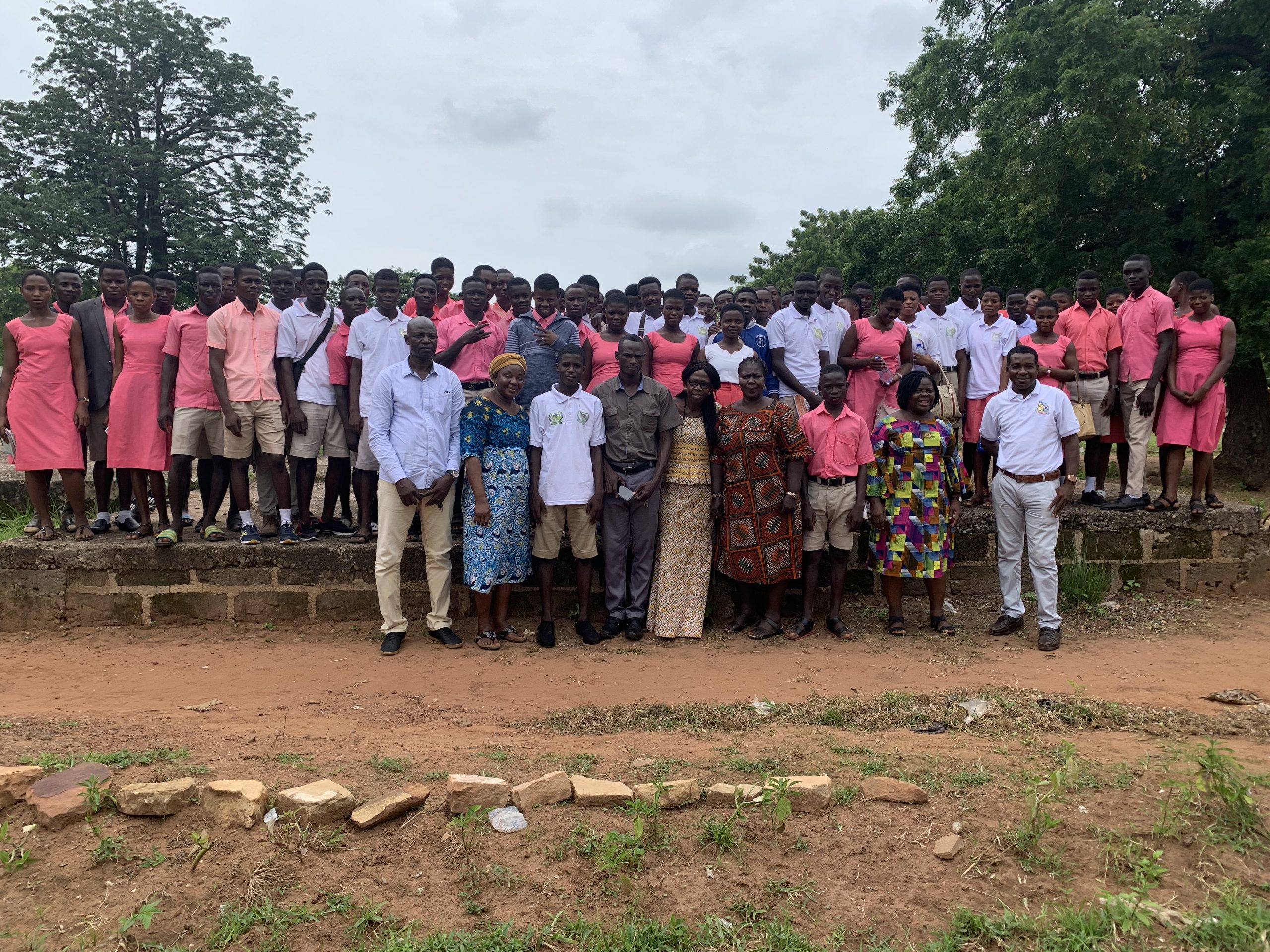REPORT OF VISIT OF SOME MEMBERS OF NATIONAL EXECUTIVE TO NORTHERN, NORTH EAST AND UPPER EAST REGIONS, FROM 7TH TO 11TH AUGUST, 2022
The National Executives decided to visit the various regions to find out what is happening in the various regions. In this regard, the National President, Prof Helen Yitah, the Secretary, Agatha Akapame and the Financial Secretary, Ramatu Wasai-Limann visited three (3) out of the five (5 regions) in which GNG is present. These were the Northern, North East and Upper East Regions. The team could not visit all the sites in each region where trees supplied by GNG had been planted. We were only able to visit sites to which the Coordinators or the lead people took us. The report therefore covers these areas and not the entire regions.
- Tour in the Northern Region: August 8th 2022
The Executives left Accra on 7th August and arrived in Tamale by 3:34 am on the 8th. It was around 5:00 am that we could secure accommodation. Having rested, we called Greeners Alhaji Alhassan Square and Danladi. After an initial hitch, we were able to agree on a programme for the day.
- Visit to Woribogu School
Led by Greener Square, the Coordinator for Northern Region, we set off for Woribogu, the first place of visit. We met the headmaster, Mr Salifu Sumalia, who warmly welcomed us. After telling him our mission, he said they did plant trees last year on the compound and along the boundary of the school land to demarcate it. However, while the school was on holidays, farmers who had earlier encroached on the land went and ploughed part of their school land to sow their crops, uprooting most of the seedlings planted along the school boundary. By the time schools reopened, most of the trees had been ploughed off. According to Mr. Sumaila, they planted more than 500 seedlings and about 150 were ploughed off. This was very unfortunate, because the seedlings that were not ploughed survived and looked quite grown and healthy. We were happy to learn that the head, who himself is enthusiastic about tree planting, got about 50 additional seedlings which they replanted on parts of the land that had not been ploughed by farmers. The surviving trees and seedling that were planted were mainly neem and acacia. We thanked the headteacher and left for the Jiagbo shrine where trees had been planted by GNG.
- The Trees at Jiagbo Shrine
We did not go into the shrine; we stopped at the area where the trees were planted. According to Greener Alhassan Square, the chief of Tolon had given out 50 acres of land for afforestation and said that anyone who was willing to plant trees there could do so. The YEA had planted trees on a portion of that land, but some of the seedlings did not survive. GNG had acquired 1,500 seedlings which were planted to replace those by YEA that did not survive. The trees on this land were mainly acacia, but there were some shea trees that had mostly sprouted from tree stumps and were growing naturally on the land. According to Alhaji Square, they encouraged the farmers not to cut these shea sprouts but to try and nurture them because every stump is a potential tree. Most of the trees planted by GNG had survived.




